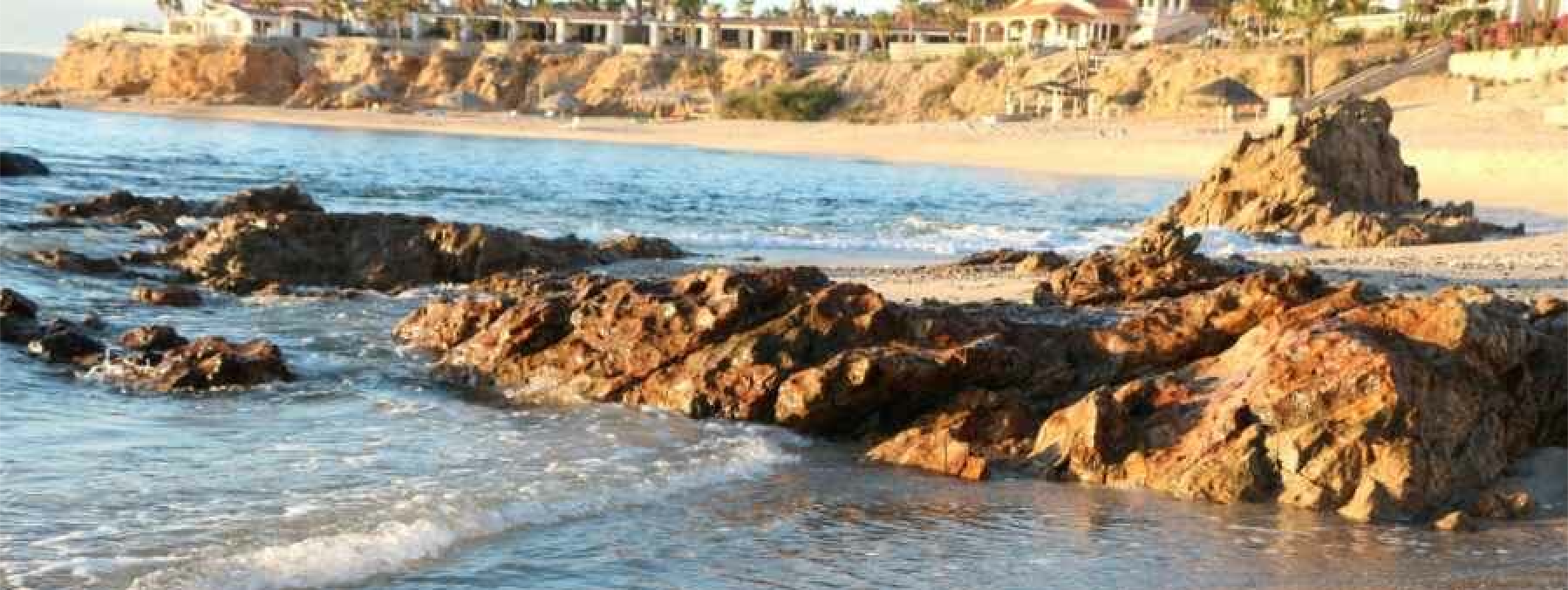This is the fifth in a series of seven blog posts that communicates about climate change through personal stories. Over the course of three months, UCSD student Caitlin Crowe interviewed seven long-term beach goers in San Diego County on their personal connections with climate change effects. In this post we cover coastal erosion.

Over the next several decades, high water levels caused by a combination of mean sea level, climate fluctuations, extreme tides, and storms, will continue to trigger more frequent and destructive coastal erosion. Most of California’s coastal cliffs are actively eroding, threatening development and causing cliff failures that have injured or even killed several individuals in recent years. Erosion is caused by waves directly hitting cliffs in addition to increasing rainfall and groundwater that trigger landslides eroding the cliffs and beaches. The resistance of cliffs to erosion comes from geological conditions as well as native plants that hold the cliff more firmly in place. As these factors change, cliffs will become more unstable. High erosion rates are also seen at the mouths of rivers with dams. The dams trap sediments that would normally flow downstream and replace what was carried off by the flowing water.
Estimated cliff retreat for San Diego is between 1.5 inches to 5.6 feet per year. This erosion is not something occurring in the future, but is happening now. Between 1998 and 2009, there was a mean cliff retreat of about a half of a foot per year. Only three of the long-time beach goers interviewed identified erosion as a problem they were seeing. They noted how many beaches and communities will no longer exist because of the consequences of erosion. One of them mentioned how the cliffs in San Diego and La Jolla have been eroding faster in the past 10 years than they ever have in the past. “When you look at pictures of beaches that used to have a big sandbank year round and now you go look at those same spots and...it’s not even just that there’s no sand. It's that the cliffs have backed up another 15 feet, too.” They also noted that these changes were not consistent to all the beaches they interacted with and that some places still seemed unaffected.
Further, none of beach goers mentioned how coastal erosion would affect them personally. The most obvious consequence to beach and coastal cliff erosion is that these areas will disappear and potentially take a lot of infrastructure, including homes and businesses, along with it. Missing from conversations was the ways in which coastal erosion may impact communities, even those who may live farther inland. For example, infrastructure vulnerable to coastal erosion also includes roads, stormwater systems, and many sewage pipelines and treatment facilities that, if destabilized, could reduce public access to our coasts, and increase the chance of back-ups, flooding and spills that can contaminate water and surrounding areas. For beach goers, the deposition of eroded sediments is changing tide levels, which will lead to lower quality and more unpredictable waves for surfing.
Knowledge about erosion patterns and consequences appear to be an area of awareness that is lacking in the current discord of climate change in informal settings. For many, erosion of the coastal ocean and beaches is not a threat that is on their minds. This is a place where we need to work on increasing awareness even if there isn’t much an individual person can do besides become more politically active on the issue.
Most of the solutions to coastal erosion are reactionary actions led by cities or other government entities, such as cliff stabilization and beach nourishment. However, these solutions often come at the price of potentially creating negative impacts in coastal and nearshore marine ecosystems, retarding the good things they bring to our lives. Individuals can get involved in local planning aimed at taking precautionary action to reduce erosion and its risks. Although erosion is one of the lesser talked-about climate change impacts, California’s extensive ocean-front infrastructure makes it a staggering problem.
Resources
California 4th Climate Assessment
San Diego 4th Climate Assessment